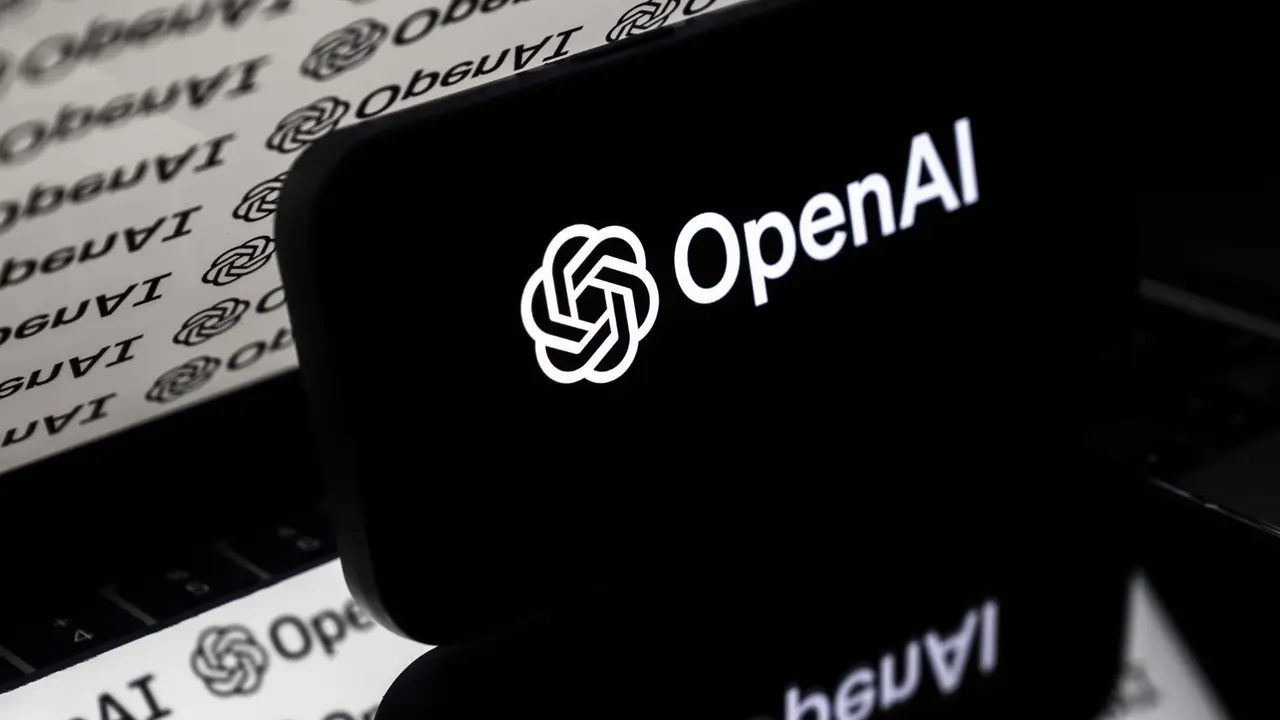Qualcomm Cancels Snapdragon Mini-PC Dev Kit, Raising Questions About Windows on ARM's Future
2 Sources
2 Sources
[1]
Qualcomm's canceled mini-PC could spell trouble with consumers down the line
Qualcomm's Snapdragon Elite chips have been the star of many AI PCs released to market in 2024, greatly enhancing performance and battery life compared to their previous gen iterations. However, the manufacturer's recent endeavor to improve on one of its negative points hasn't panned out. Qualcomm has canceled its dev kit, a Snapdragon mini-PC powered by Windows on Arms. Originally, it was planned for a June 2024 release window but missed that entirely. Now, as part of an official announcement, Qualcomm has stated that the kit has been canceled because it "has not met our usual standards of excellence." Interestingly enough, The Verge spotted that multiple developers had already received the mini-PC including YouTuber Jeff Geerling, who reviewed the product and performed a detailed hardware teardown of it. Despite Qualcomm not providing any specific reasons for why the PCs had been canceled, the conclusions from Geerling's review are that despite it matching the Apple M3 Pro's performance, it lacks Linux support and had restrictions around reselling the device. There's another theory for the cancellation as well, which comes down to the HDMI port -- or lack thereof. Though the shipped mini-PCs all came with the chips for internal DisplayPort to HDMI conversion, the actual port was missing for some reason. According to Richard Campbell, founder of DEVIntersection, the HDMI port could have been the cause of the massive delays if it failed FCC compliance testing. This seems to be supported by the fact that Qualcomm emailed anyone who ordered the PC in September that they would be sent a USB-C to HDMI dongle with their dev kit. One of the most well-known drawbacks to anything Qualcomm is that Windows on Arms still has compatibility issues with some Windows programs, tools, and apps. The manufacturer has improved this by leaps and bounds to the point that the average user wouldn't know the difference, but for gamers and others using specialized programs, those compatibility problems can be quite difficult to parse. In comes the Qualcomm mini-PC dev kit, which would have been the perfect tool for developers to port their apps to Windows on Arms. This potentially could have introduced a large amount of apps to the OS that otherwise would have never seen the light of day on Arm chips. This is especially important for the consumers who have been left in the dark due to the lack of app support for tools that they need themselves, limiting Qualcomm's sales of its AI PCs to them in turn. And with fellow industry rivals Intel and AMD teaming up to form the "x86 Ecosystem Advisory Group," in response to Qualcomm and other competitors, the latter must figure out either how to fix the issues with the dev kits or figure out another way to resolve these app compatibility issues if it wants to see Arms continue to thrive.
[2]
Qualcomm kills its mini PC, casts doubt on the future of Windows on ARM desktops
Qualcomm Snapdragon mini PC dev kit orders are being refunded Qualcomm's Snapdragon X Elite chipset took the computer market by storm in June, with several successful laptop and tablet launches. This sparked a renewed interest in Windows on ARM, leaving enthusiasts wondering whether Snapdragon X would come to desktops. Enthusiasts were in luck in late July, as Qualcomm quietly debuted a Qualcomm Snapdragon Dev Kit sold by Arrow. This week, however, things don't look as optimistic -- Qualcomm and Arrow have recalled those Dev Kit units, and according to App Developer and YouTuber Jeff Geerling, Arrow is canceling all orders. So, what does this mean for the future of Windows on ARM desktops? The Snapdragon Dev Kit featured a Snapdragon X Elite (X1E-00-1DE) 12-core processor with a 42MB cache and 4.3GHz boost clock. The CPU also packaged an integrated Qualcomm Adreno GPU and Qualcomm Hexagon NPU with up to 45 TOPS (trillions of operations per second) of AI power. The Dev Kit also housed 32GB of RAM and a 512GB SSD. The mini PC chassis measured 8 x 7 x 1.3 inches and weighed just 2.1 pounds. While the Dev Kit is still listed on Arrow.com, customers can no longer purchase a Dev Kit through the site. Originally, the mini PC retailed for just $899. That low price originally made it the cheapest Snapdragon X Elite computer on the market. Arrow shared a message from Qualcomm to developers who purchased the mini PC Dev Kit, which reads in part, "The Developer Kit product comprehensively has not met our usual standards of excellence and so we are reaching out to let you know that unfortunately we have made the decision to pause this product and the support of it, indefinitely." As such, Arrow has canceled and refunded all pending orders. At this time, it isn't known if developers who already received a dev kit will be included in the refund. Qualcomm is pausing all support of the dev kit mini PC indefinitely. Part of the issue with this dev kit in particular likely comes down to timing. The dev kit launched after consumer-level platforms were already available, negating the need for a dev kit in the first place. However, Qualcomm's statement only indicates dissatisfaction with this particular dev kit, so we could see another iteration hit the markets in the future as Qualcomm launches more Snapdragon chips. Of course, mobile computers like laptops and tablets benefit the most from the Snapdragon X Elite platform and its 45 TOPS NPU. NPUs can be used for on-device AI, but most existing AI applications run through the computer's GPU rather than the NPU itself. This leaves the NPU to manage hardware acceleration and power efficiency, which is more important in mobile form factors than on desktops. Eventually, more AI programs will be designed to utilize the NPU, so it will make sense for AI enthusiasts to want a desktop platform with a dedicated NPU. But we're unlikely to see a ton of desktops running Qualcomm Snapdragon X processors because AI remains a niche market. I wouldn't be surprised if a few AI enthusiast desktops hit the market with a Qualcomm CPU in the next year as Qualcomm CEO Cristiano Amon promised during the Computex Taipei keynote that Snapdragon X would come to PCs of all forms, including desktops. There is certainly a future for Windows on ARM that exists outside of the laptop spectrum. The immediate future may be a bit murky now that the Snapdragon Dev Kit mini PC is no more, but that doesn't mean the dream of a Snapdragon X desktop is dead.
Share
Share
Copy Link
Qualcomm has canceled its Snapdragon mini-PC dev kit, citing quality concerns. This decision impacts developers and raises questions about the future of Windows on ARM desktops and app compatibility.

Qualcomm Cancels Snapdragon Mini-PC Dev Kit
Qualcomm has officially canceled its Snapdragon mini-PC dev kit, a Windows on ARM-powered device that was originally slated for release in June 2024. The company stated that the product "has not met our usual standards of excellence," leading to its indefinite pause
1
. This decision has resulted in the cancellation and refund of all pending orders2
.Dev Kit Specifications and Potential
The Snapdragon Dev Kit featured impressive specifications, including a Snapdragon X Elite 12-core processor with a 42MB cache and 4.3GHz boost clock. It also boasted an integrated Qualcomm Adreno GPU and Hexagon NPU capable of up to 45 TOPS of AI power. The mini PC came with 32GB of RAM and a 512GB SSD, all packaged in a compact 8 x 7 x 1.3 inch chassis weighing just 2.1 pounds
2
.Reasons for Cancellation
While Qualcomm has not provided specific reasons for the cancellation, several theories have emerged:
-
HDMI Port Issues: Richard Campbell, founder of DEVIntersection, suggested that the HDMI port might have failed FCC compliance testing, causing significant delays
1
. -
Linux Support: YouTuber Jeff Geerling's review highlighted the lack of Linux support and restrictions on reselling the device
1
. -
Timing: The dev kit's launch after consumer-level platforms were already available may have negated its necessity
2
.
Impact on Windows on ARM and App Compatibility
The cancellation of the dev kit raises concerns about the future of Windows on ARM desktops and app compatibility:
-
Developer Tools: The mini-PC would have been an ideal tool for developers to port their apps to Windows on ARM, potentially introducing a large number of new applications to the platform
1
. -
Consumer Impact: The lack of app support for specialized tools limits Qualcomm's ability to sell its AI PCs to certain consumer segments
1
. -
Competition: With Intel and AMD forming the "x86 Ecosystem Advisory Group," Qualcomm faces increased pressure to resolve app compatibility issues for ARM to continue thriving
1
.
Related Stories
Future of Snapdragon X in Desktops
Despite the setback, the future of Windows on ARM desktops is not entirely bleak:
-
AI Enthusiast Market: There's potential for AI enthusiast desktops featuring Qualcomm CPUs to emerge in the coming year
2
. -
NPU Utilization: As more AI programs are designed to utilize NPUs, desktop platforms with dedicated NPUs may become more relevant
2
. -
Qualcomm's Commitment: Qualcomm CEO Cristiano Amon has promised that Snapdragon X will come to PCs of all forms, including desktops
2
.
Conclusion
While the cancellation of Qualcomm's Snapdragon mini-PC dev kit is a setback for Windows on ARM development, it doesn't necessarily spell the end for ARM-based desktops. The incident highlights the challenges faced in bringing ARM architecture to traditional PC form factors and the ongoing need for improved app compatibility. As AI continues to evolve and integrate more deeply into computing, the demand for powerful, efficient ARM-based systems may drive further innovations in this space.
References
Summarized by
Navi
Related Stories
Arm Threatens to Revoke Qualcomm's Chip Design License, Jeopardizing AI PC and Mobile Chip Production
23 Oct 2024•Business and Economy

Qualcomm's Snapdragon X Laptops Struggle to Gain Traction in AI PC Market
26 Nov 2024•Technology

Qualcomm's Computex 2025 Keynote: AI-Powered PCs and Future Chip Announcements
20 May 2025•Technology

Recent Highlights
1
AI Chatbots Sway Voters More Effectively Than Traditional Political Ads, New Studies Reveal
Science and Research

2
Trump signs executive order to override state AI laws despite bipartisan pushback
Policy and Regulation

3
OpenAI warns upcoming AI models will likely pose high cybersecurity risk with zero-day exploits
Technology





